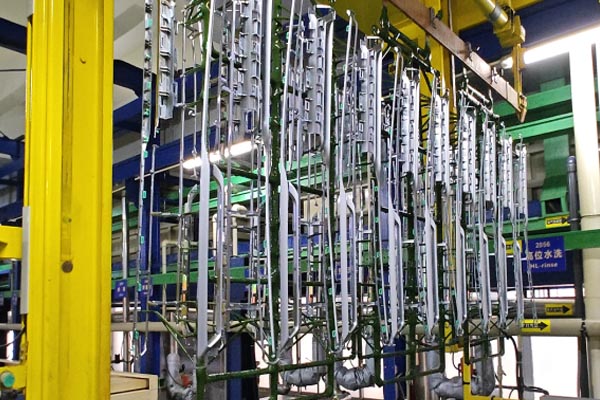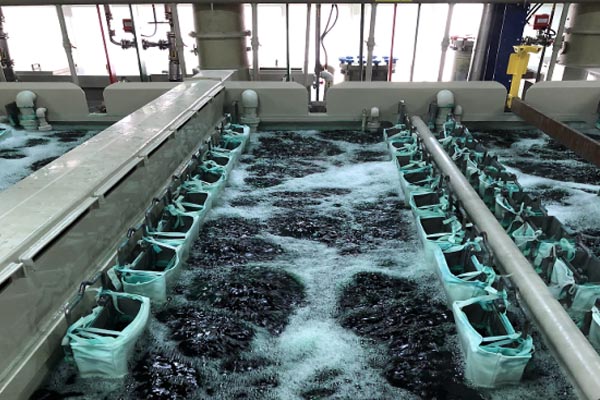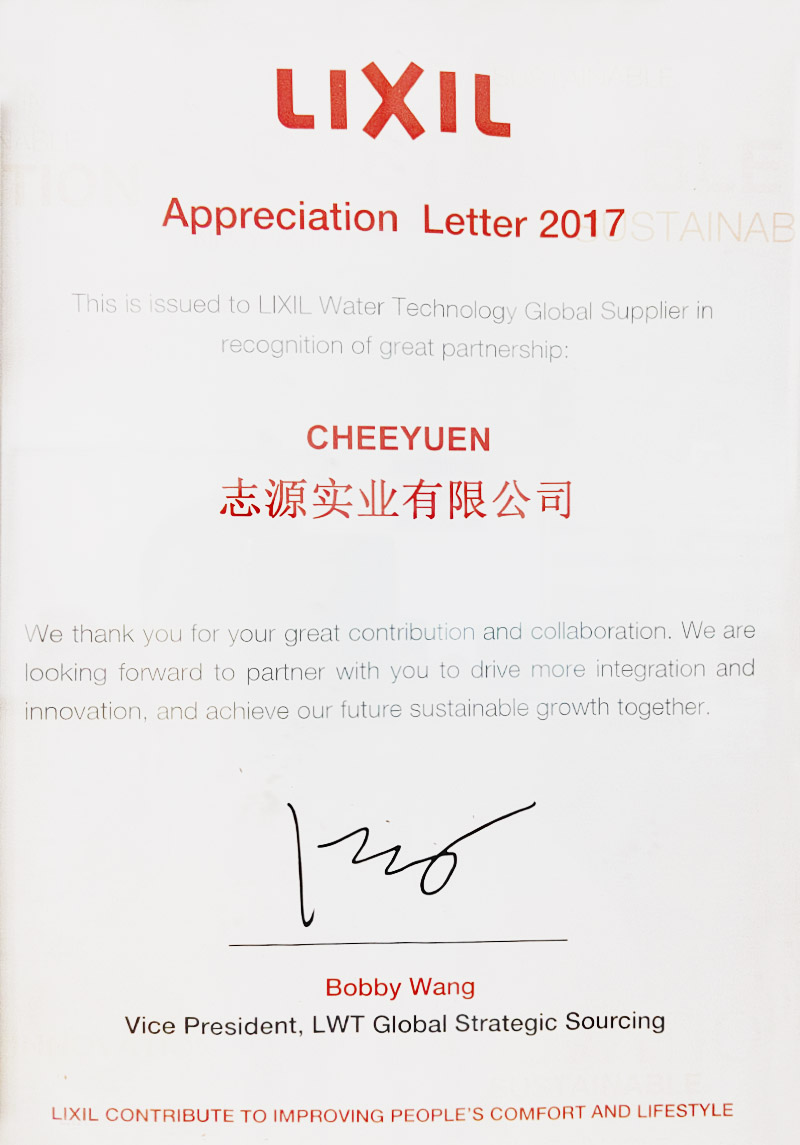Plastic Chrome Plating Services for Automotive, Appliances, and Bathroom Fixtures | CheeYuen
Delivering Durable, High-Gloss Chrome Coatings for a Variety of Plastic Components
For 54 years, CheeYuen has specialized in pecializes in plastic chrome plating for automotive, appliance, and bathroom products. Our decades of professional expertise enable us to deliver high quality chrome plating plastic parts. We offer diverse color options, custom finishes, textures, and sustainable process innovations to meet various industry needs.
We are dedicated to sustainability, following strict environmental standards like ROHS compliance. We utilize eco-friendly solutions like trivalent chromium plating (Cr3+). Our focus on quality and environmental responsibility makes us a trusted partener in the plastic chrome plating industry.
Excellent Plastic Chrome Plating Service
At CheeYuen, we provide high-quality plastic chrome plating solutions for automotive, appliance, and bathroom fixture manufacturers. Our expertise ensures durable, visually appealing chrome finishes for a variety of plastic components, enhancing both their aesthetics and functionality.
With over 50 years of experience, we offer custom solutions to meet diverse industry needs, using eco-friendly processes that comply with international standards. Whether it’s high-gloss finishes for automotive parts, stylish coatings for appliances, or corrosion-resistant layers for bathroom fixtures, we deliver precision and reliability on time, every time.
Plastic Chrome Products (Satin Chrome)
Plastic Plating Products (Bright Nickel)
Chrome Plating On Plastic Process
To prepare plastic for chrome plating, it undergoes roughening and activation as key pre-treatment steps. The critical step is electroless plating, where a thin nickel layer (a few microns thick) is applied to create a conductive base for copper and nickel plating.
1. Loading: Fix the workpieces onto a rack for plating.
2. Degreasing: Clean the surface of the workpiece to remove oil and grease.
3. Hydrophilizing: Make the surface of the workpiece hydrophilic to prepare it for subsequent treatments.
4. Etching: Increase the surface roughness of the workpiece through chemical methods.
5. Catalyzing: Apply a catalytic treatment to prepare for chemical nickel plating.
6. Elecotroless Plating: Deposit a super thin nickel layer onto the surface of the workpiece.
7. Acid Activation: Acid wash the surface to prepare for electroplating.
8. Copper Flash Plating: Apply a thin layer of copper through flash plating.
9. Acid Copper Plating: Apply a thicker copper layer through acid copper plating.
10. Multi-layer Nickel Plating: Apply multiple layers of nickel for enhanced corrosion resistance.
11. Bright Chrome Plating: Electroplate the workpiece with a bright chrome layer.
12. Unloading: Take the finished workpiece off the rack.
Plastic Plating Line Capability


Quality Testing

To ensure product quality and boost customer confidence, we have a comprehensive inspection system in place that tests and analyzes every process.
Main Customers




















Credentials
The company has passed the ISO9001 quality management system and ISO14001 environmental management system certifications, as well as the ISO/IATF16949 automotive product quality management system certification.

D-U-N-S Certification

IATF 16949 for Automotive Industry

ISO9001 for Quality Management System Standard

Iso14001 for Environment Management System Standard

Awarded by Continetal Customer

Awarded by LIXIL
FAQ | Plastic Chrome Plating
What Types of Plastic Can Be Chrome Plated?
We specialize in plating the following plastic materials:
- ABS
- PC-ABS
- Polypropylene
These materials are commonly used in automotive, appliance, and bathroom products, offering excellent adhesion and durability for chrome finishes.
What Finishes Do You Offer?
We provide a variety of finishes to meet unique design requirements:
- High-gloss
- Matte
- Satin
Perfect for automotive trims, appliance components, and bathroom fixtures.
How Durable is Chrome Plating on Plastic?
Our chrome plating is engineered to withstand:
- Temperature changes
- Moisture exposure
- Corrosion
This makes it ideal for outdoor automotive parts, kitchen appliances, and bathroom fixtures.
Is Your Chrome Plating Eco-Friendly?
Yes! We use sustainable, eco-friendly processes and materials that adhere to international environmental standards without compromising quality.
What’s the Typical Turnaround Time?
Most orders are completed within 2-4 weeks, depending on complexity and quantity. We prioritize efficient production schedules to align with your timelines.
Can You Handle Large Orders?
Our advanced facilities are fully equipped to manage bulk production for industries like automotive and home appliances, ensuring consistency and precision in every piece.
Quality Assurance on Every Component
Every chrome-plated product undergoes strict quality control, including:
- Adhesion testing
- Surface finish inspections
- Corrosion resistance evaluations
We ensure each product meets the highest quality standards.
How Does Plastic Chrome Plating Compare to Metal Chrome Plating?
Plastic chrome plating offers:
- Similar premium aesthetics to metal chrome plating
- Lightweight properties
- Cost-effectiveness
- Rust resistance
This makes it a superior choice for industries such as automotive and household applications.






















